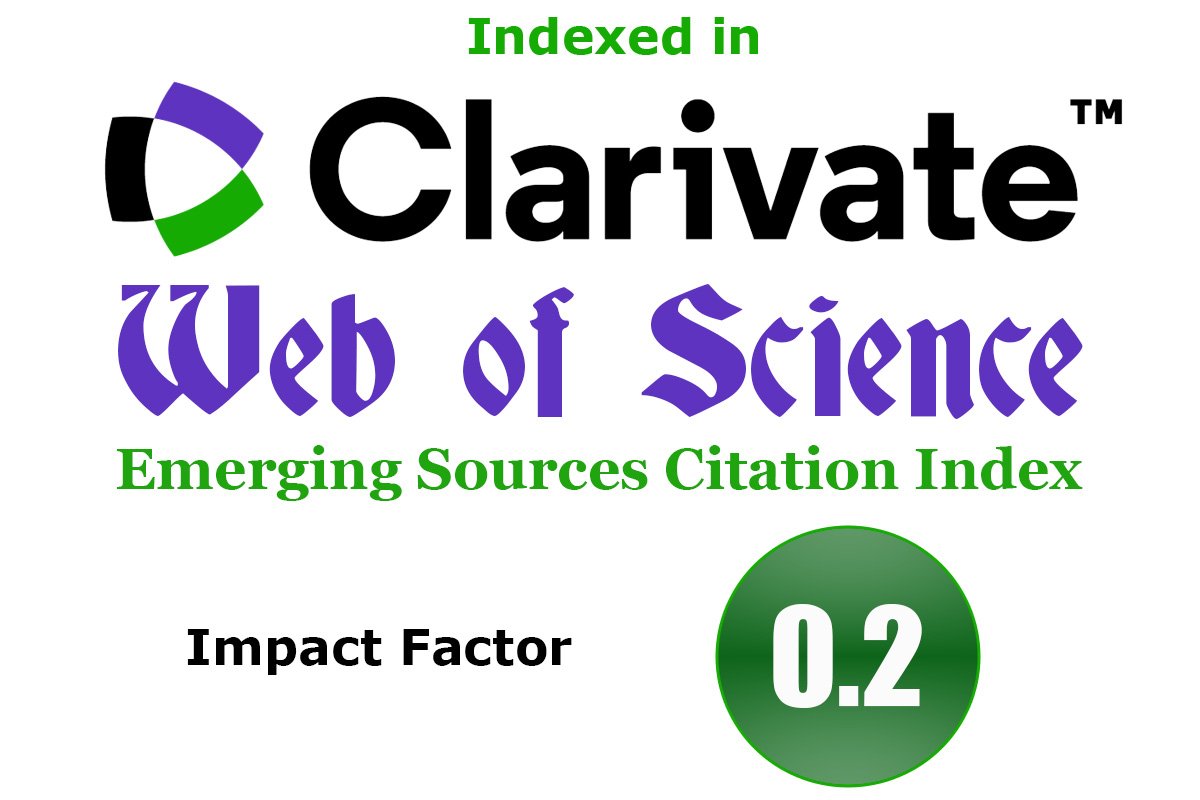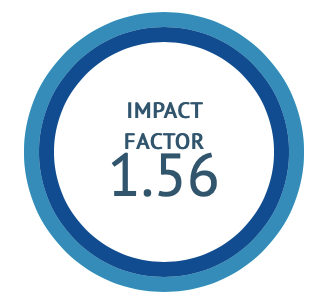Evaluation of the analgesic activity of quercetin and chrysin in animal models
DOI:
https://doi.org/10.47552/ijam.v13i4.3201Keywords:
Quercetin, Chrysin, Diclofenac, Tramadol, Hyperalgesia, Analgesics, AnalgesiometerAbstract
Pain is relieved by analgesics that acts via modulating the central and peripheral pain mediators. Some of the analgesic has been reported to have a serious adverse effects when used in long-term treatments. Therefore, there is a need of developing a potent analgesic with minimal of no adverse effects. In the current study, quercetin and chrysin were evaluated for the analgesic activity in mice and rat by hyperalgesia (Eddy’s hot plate and Tail flick analgesiometer). Diclofenac and tramadol was used as a standard reference drugs. Male Swiss Albino mice and rats are divided into six groups and treated with vehicle (1% acacia), quercetin (40 mg/kg), chrysin (100 mg/kg), chrysin (200 mg/kg), diclofenac (10 mg/kg) and tramadol (10 mg/kg) orally. In the present study, diclofenac, tramadol, quercetin and chrysin significantly increased the tail flick latency in the tail flick pain model compared to control group. Chrysin showed remarkable analgesic activity at 200 mg/kg compared to 100 mg/kg in Tail Flick and Eddy’s hot plate model. The current study also reported that diclofenac has more analgesic activity than tramadol on both 1st and 7th day of treatment.
Downloads
Published
How to Cite
Issue
Section
License
Copyright (c) 2022 International Journal of Ayurvedic Medicine

This work is licensed under a Creative Commons Attribution 4.0 International License.
The author hereby transfers, assigns, or conveys all copyright ownership to the International Journal of Ayurvedic Medicine (IJAM). By this transfer, the article becomes the property of the IJAM and may not be published elsewhere without written permission from the IJAM.
This transfer of copyright also implies transfer of rights for printed, electronic, microfilm, and facsimile publication. No royalty or other monetary compensation will be received for transferring the copyright of the article to the IJAM.
The IJAM, in turn, grants each author the right to republish the article in any book for which he or she is the author or editor, without paying royalties to the IJAM, subject to the express conditions that (a) the author notify IJAM in advance in writing of this republication and (b) a credit line attributes the original publication to IJAM.




